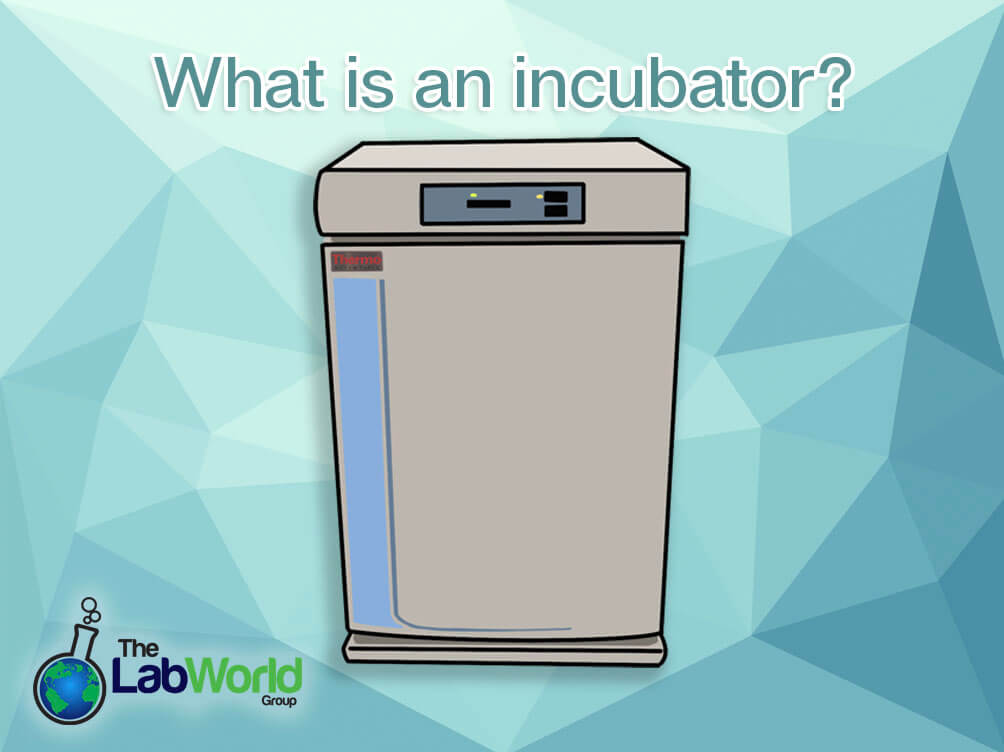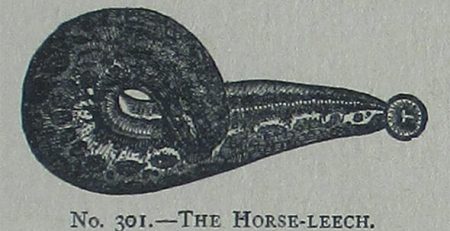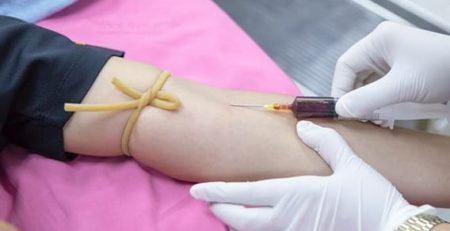
What is an Incubator
Amanda2021-10-08T15:12:14+00:00What is an incubator and how is it useful
Incubation as a theme can be applied to many different fields. From Biology to Businesses to Psychology, the underlying concept of incubation is to provide ideal conditions for growth. Growing an idea or business plan, bacteria, eggs, and plants, or maybe even room for your unconscious mind to process a problem.
While Incubation these days can refer to multiple disciplines, the underlying idea remains the same: to incubate something to provide ideal conditions to help it develop. In laboratories and hospitals around the world that concept is embodied in the well-known instrument, the incubator.
The Child Hatchery of Coney Island
While the word incubate first came into use around 1641, derived from the Latin incubare or to brood, incubators as a device were first developed in the late 1800s. Following the Franco-Prussian war of 1870-1871 and the famine that followed, France found itself in a population decline. To compensate the government pushed for citizens to have more babies. However, a doctor by the name of Dr. Étienne Stéphane Tarnier soon realized keeping those new babies alive after birth was just as vital and more expedient.
Having observed the benefits of warming chambers for poultry at the Paris Zoo, Tarnier applied the idea to the premature infants born into his charge. By 1888 his incubators saved many lives by providing infants with a means of thermoregulation, something tiny premies just aren’t able to do yet.
While the method was proven effective, there the idea was met with heavy skepticism as pseudoscience. It wasn’t until the so-called Tarnier Incubators were taken up by Dr. Pierre Budin, an early adopter, and Dr. Martin Couney that they began to take off.
Thanks to Dr. Couney’s showmanship, the incubators became a bit of a sideshow known as the Child Hatchery. The show traveled the world, demonstrating their life-saving capabilities, and eventually settled on Coney Island. For nearly 40 years, people could pay 25 cents to view the remarkably tiny babies nestled in the warming chambers that would save thousands of lives.
Incubator History
In the 1960’s first commercial CO2 lab incubator was introduced. The simple box was used to help identify pathogens in bodily fluids. A sample was collected and set on a Petri dish, kept at 37°C, body temperature, with controlled levels of CO2 and nitrogen.
At the same time, the case uses developed in the field of genetic engineering when scientists realized the same concept could be applied to growing biologically essential proteins like insulin. As the years went on companies like New Brunswick Scientific began introducing wider temperature ranges with the first refrigerated incubator, and larger capacity models to cover more ground.
Innovations such as humidity control, air jacketed insulation, heated doors, more strategic heating element placements, and other breakthroughs expanded not only the ways these devices could be used but also continually improved the quality of the results.
Laboratory Incubators Today
Incubators in laboratories these days are as varied as you can imagine. Sizing alone can range from a simple benchtop model for small samples, all the way to large capacity cabinets and everything in between. Labs have a bevy of choices when it comes to temperature ranges, gas control, and monitoring, the addition of humidity, insulation types and heat retention, programming and step-based runs, anti-microbial interiors, and decontamination routines, and more.
Incubators can be and are used to grow bacteria, viruses, embryos, plants, and insects, used for Biological Oxygen Demand and water studies, Food and Beverage studies, even testing electrical components. Whatever the need, chances are there is a lab incubator that’s the ideal solution.
Final thoughts
Given the field of candidate incubators out there in the world, finding the right fit can be a challenge. By using an experienced dealer you can get help narrowing that field down to just the right instrument. With over 30 years of combined experience, the Lab World Group is here to help do just that. Not only do we know the ins and outs of laboratory incubators, we know how to maintain them and make sure they’re ready to run when you need them. We can help you save some money at the same time.
Have questions? We’re here to help!













